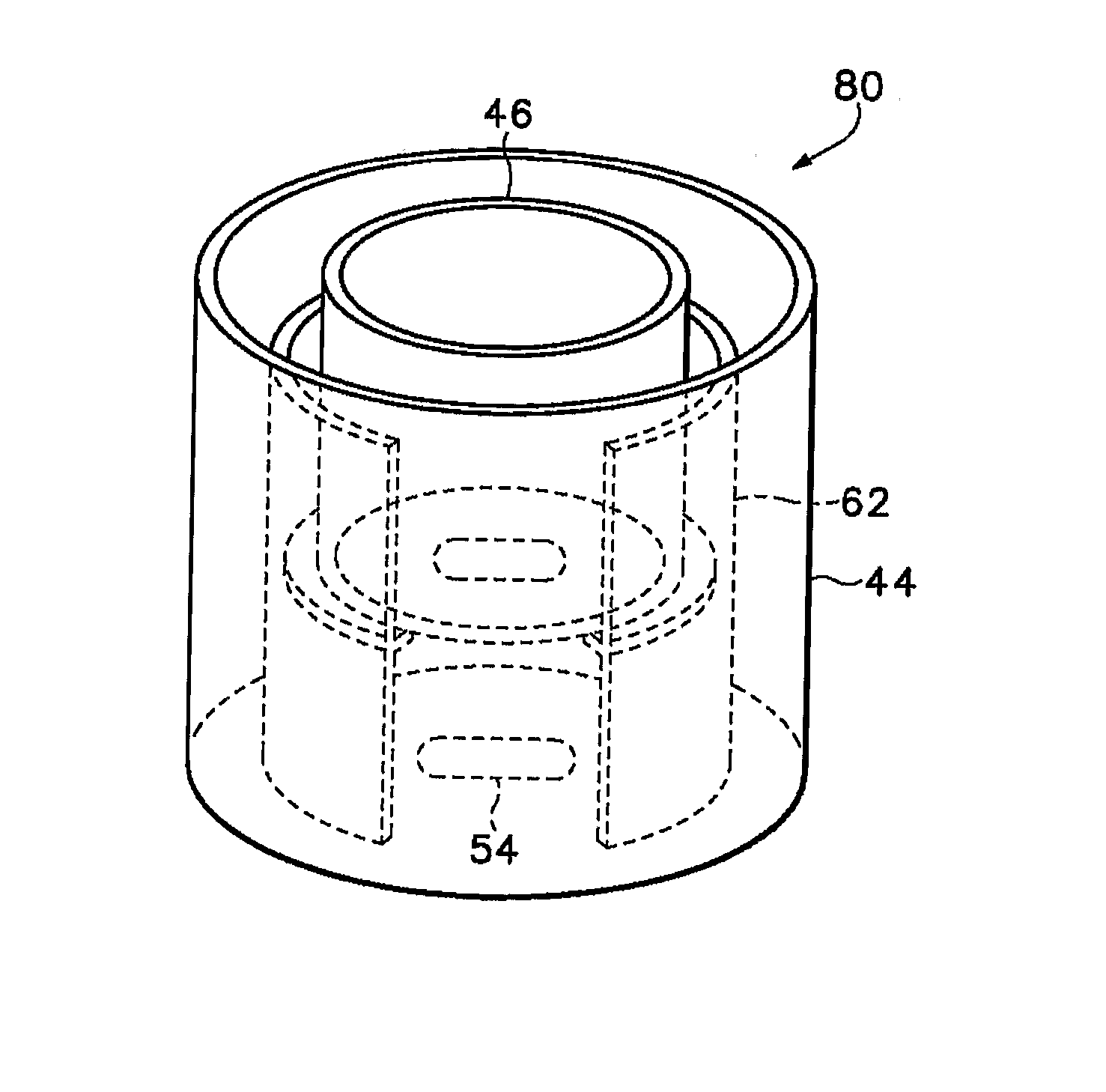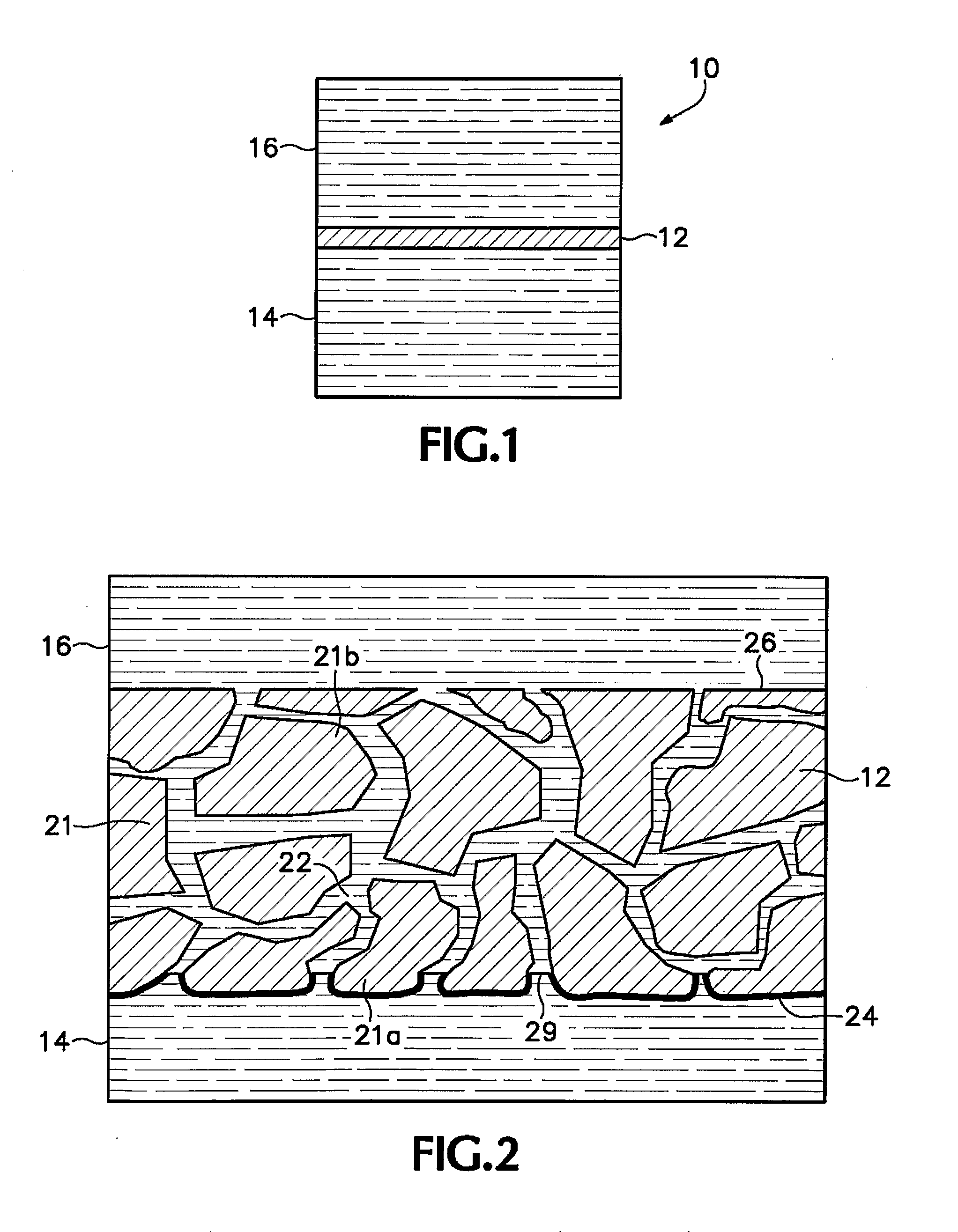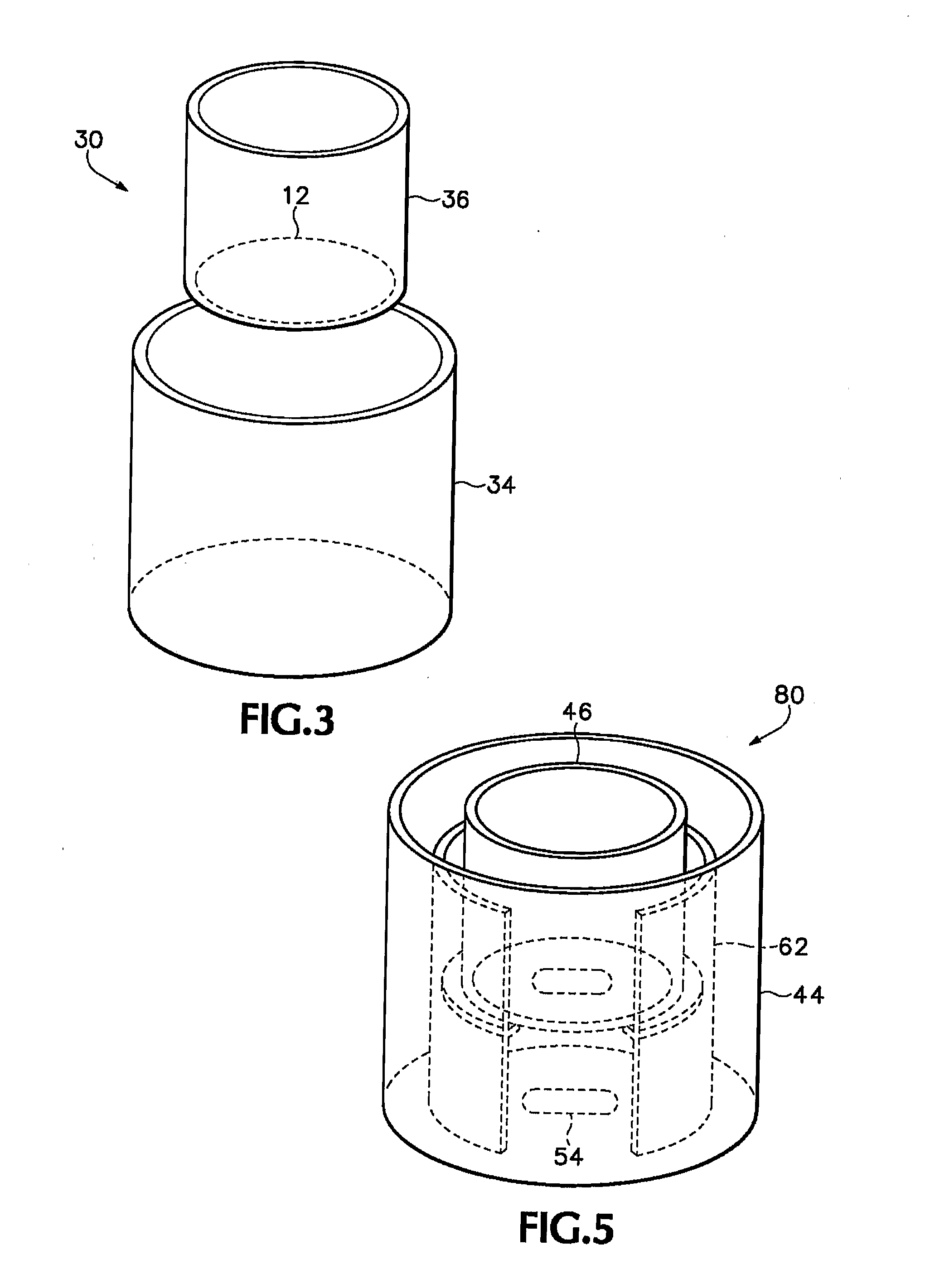Method And Device For Evaluation Of Pharmaceutical Compositions
a composition and pharmaceutical technology, applied in the field of in vitro methods, can solve the problems of ineffective evaluation of the absorption rate of pharmaceutical compositions, time-consuming methods, and inventors' discovery of significant limitations, and achieve the effects of rapid evaluation, accurate assessment of in vivo performance, and high throughput screening
- Summary
- Abstract
- Description
- Claims
- Application Information
AI Technical Summary
Benefits of technology
Problems solved by technology
Method used
Image
Examples
example 1
[0096] The crystalline form of the cholesteryl ester transfer protein (CETP) inhibitor [2R,4S]4-[(3,5-bis-trifluoromethyl-benzyl)-methoxycarbonyl-amino]-2-ethyl-6-trifluoromethyl-3,4-dihydro-2H-quinoline-1-carboxylic acid ethyl ester, also known as torcetrapib (“Drug 1”) was evaluated in a membrane-permeation test. An apparatus similar to the one shown schematically in FIG. 3 was assembled as follows. A permeate reservoir was formed by gluing a sample of the plasma-treated membrane described above to a glass tube having an inside diameter of about 1 inch (2.54 cm) using an epoxy-based glue (LOCTITE® E-30CL HYSOL® from Henkel Loctite Corp, Rocky Hill, Conn.). The feed-side of the membrane was oriented so that it was on the outside of the permeate reservoir, while the permeate-side of the membrane was oriented so that it was on the inside of the reservoir. The glue was allowed to set by placing the permeate reservoir in an oven at 50° C. and 25% relative humidity (RH) overnight. The c...
example 2
[0102] A test was performed to demonstrate that the maximum flux of Drug 1 across the membrane does not change when the amount of drug added to the feed solution is changed. Example 2 was performed following the procedures outlined in Example 1 with the following exceptions. The feed solution consisted of 2.67 mg of crystalline Drug 1 in 30 mL PBS. Thus, the concentration of drug in the feed solution would have been 89 μg / mL if all of the drug had dissolved—still in excess of the aqueous solubility of Drug 1 in PBS (less than 0.04 μg / mL). A 4-mL sample of decanol was used as the organic fluid. Sample points were collected at the times given in Table 2. The maximum flux of drug was determined over the time interval from 80 to 160 minutes using the procedures outlined in Example 1 and the results are reported in Table 3, along with the results for Example 1 for comparison. These data demonstrate that the flux of drug is independent of the amount of drug added to the feed solution.
TA...
examples 3-4
[0106] These Examples demonstrate that the membrane-permeation test of the present invention can be used to evaluate the effectiveness of a pharmaceutical composition in enhancing the concentration of drug in solution.
[0107] For Example 3, the pharmaceutical composition consisted of a solid amorphous dispersion of 25 wt % Drug 1 in the “M” grade of hydroxypropyl methyl cellulose acetate succinate (AQOAT-MG available from Shin Etsu, Tokyo, Japan, referred to herein as HPMCAS-M) formed by spray drying as follows. First, a spray solution was formed containing 25 g Drug 1, 75 g HPMCAS-MG, and 900 g acetone.
[0108] The spray solution was pumped using a high-pressure pump (Zenith Z-Drive 2000 High-Pressure Gear Pump) to a spray drier (Niro type XP Portable Spray-Dryer with a Liquid-Feed Process Vessel [PSD-1]) equipped with a pressure atomizer (Spraying Systems Pressure Nozzle and Body (SK 79-16)). The PSD-1 was equipped with a 9-inch chamber extension. The spray drier was also equipped ...
PUM
| Property | Measurement | Unit |
|---|---|---|
| size | aaaaa | aaaaa |
| contact angle | aaaaa | aaaaa |
| contact angle | aaaaa | aaaaa |
Abstract
Description
Claims
Application Information
 Login to View More
Login to View More - R&D
- Intellectual Property
- Life Sciences
- Materials
- Tech Scout
- Unparalleled Data Quality
- Higher Quality Content
- 60% Fewer Hallucinations
Browse by: Latest US Patents, China's latest patents, Technical Efficacy Thesaurus, Application Domain, Technology Topic, Popular Technical Reports.
© 2025 PatSnap. All rights reserved.Legal|Privacy policy|Modern Slavery Act Transparency Statement|Sitemap|About US| Contact US: help@patsnap.com



